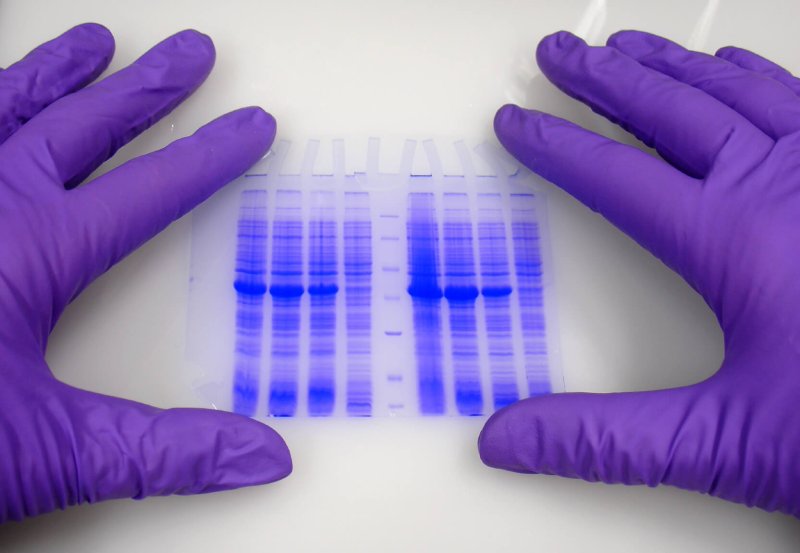One night in November 1999, a 26-year-old woman was raped in a parking lot in Grand Rapids, Mich. Police officers managed to get the perpetrator’s DNA.
…
There was just one catch: The parolee had an identical twin, and standard DNA tests can’t distinguish between identical twins.
…
[F]orensic DNA experts tried something once thought impossible: building a test that could tell twins apart. The researchers took advantage of the fact that identical twins are not, in fact, genetically identical.When a fertilized egg starts dividing, there’s a small chance each new cell will gain a new mutation. When the cells separate into twin embryos, one gets some of the mutant cells and the other gets the rest.
…
Just a single mutation, confirmed by multiple analyses, would be enough to implicate one twin and exonerate the other.
…
[Geneticist Michael] Krawczak and his colleagues estimate roughly 1 percent of crime cases and paternity disputes may involve identical twins.“It’s not something that’s going to happen every day in every laboratory,” said Dr. Krawczak. “But once people become aware of this, there may be a lot of cold cases that come back to life.”
Read full, original post: One Twin Committed the Crime — but Which One? A New DNA Test Can Finger the Culprit































